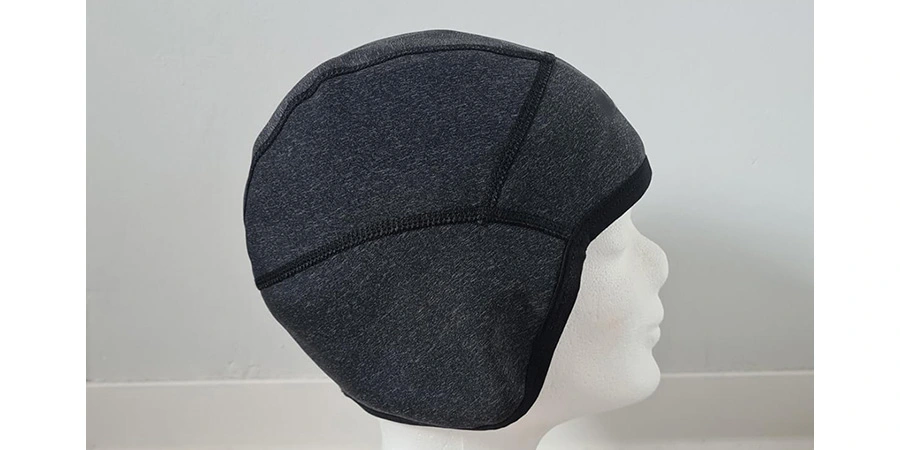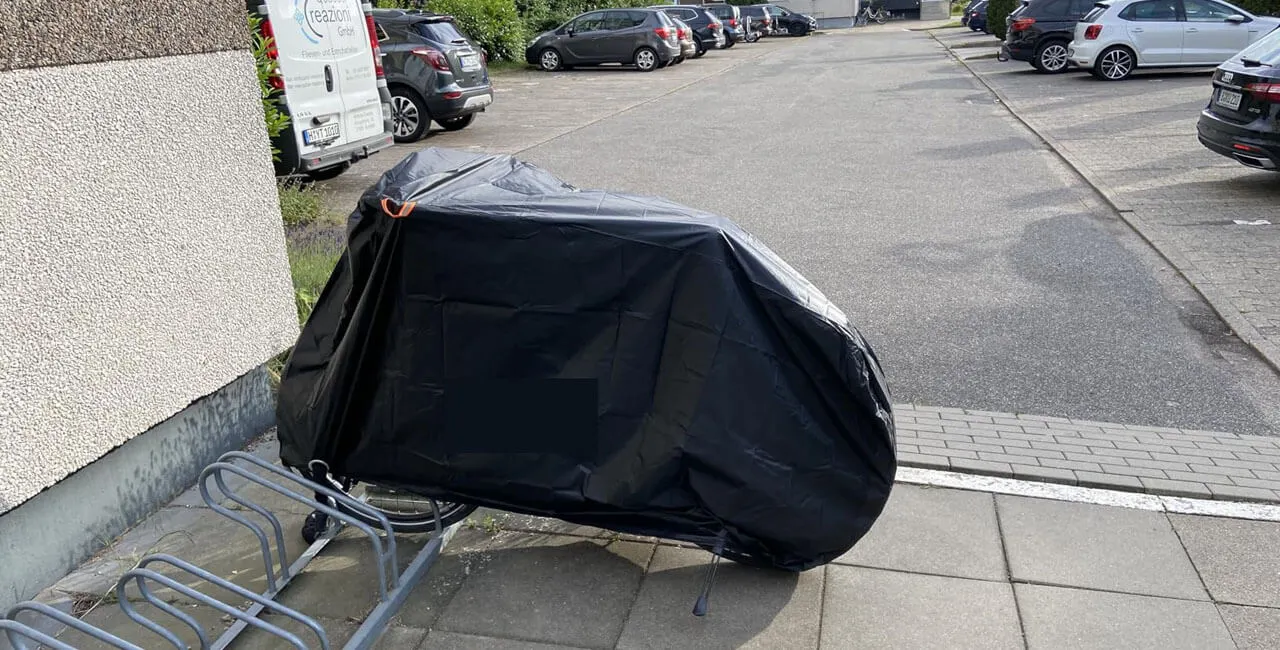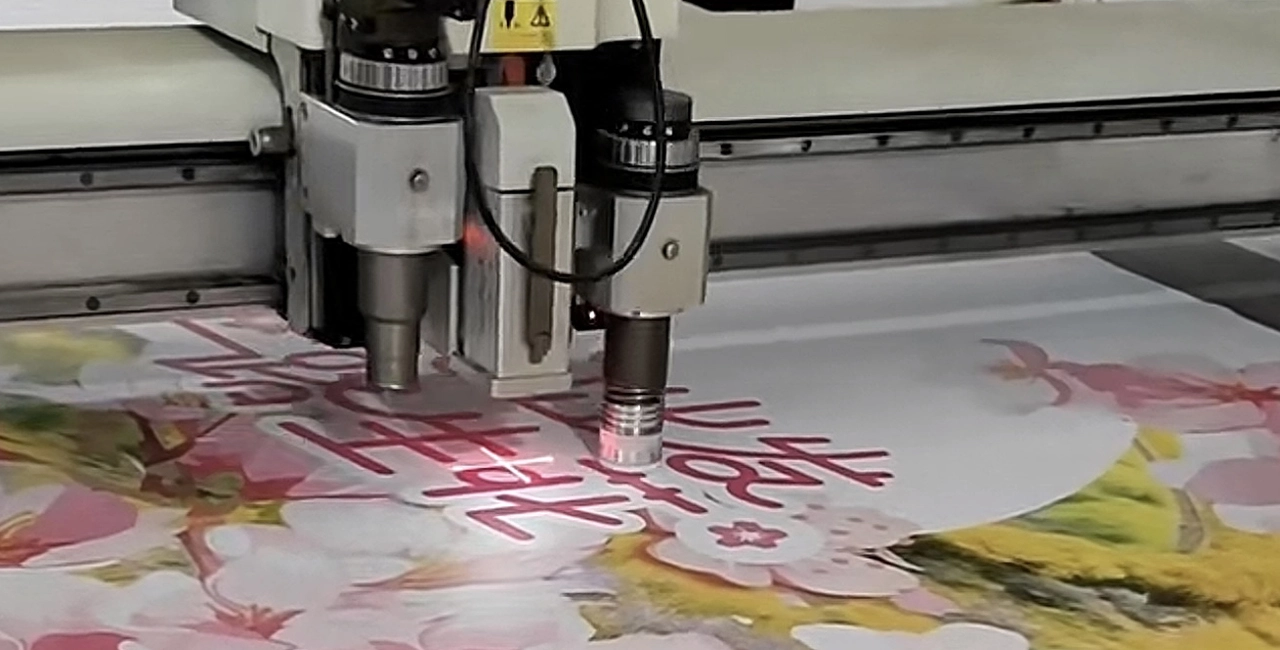Polyester filament yarns, including Fully Drawn Yarn (FDY), Draw Textured Yarn (DTY), and Air Textured Yarn (ATY), differ in manufacturing processes and resultant properties, leading to distinct applications in textile production.
1. FDY (Fully Drawn Yarn)
Manufacturing Process:
FDY is produced through a high-speed spinning process, where the fibers undergo stretching and setting immediately after spinning. This results in a high degree of molecular orientation and crystallinity, ensuring excellent strength and dimensional stability. FDY does not require additional texturizing processes, resulting in a smooth and uniform filament structure.
Key Characteristics:
High strength and dimensional stability: Due to extensive stretching during production, FDY exhibits high fiber orientation, making it suitable for high-strength applications such as luggage, tents, and car covers.
Smooth surface and relatively stiff hand feel: The tight fiber arrangement results in a firm texture, unlike the softer and more elastic DTY.
Low pilling tendency: The compact fiber structure minimizes fuzzing and pilling, making FDY ideal for smooth, windproof, and waterproof fabrics.
Suitable for high-density fabrics: FDY is widely used in high-density fabrics such as oxford fabric, waterproof textiles, and umbrella fabrics.
Performance Metrics:
Crystallinity and dimensional stability: FDY features high crystallinity, ensuring minimal deformation over time.
High tensile strength and abrasion resistance: The uniform filament structure provides enhanced durability.
Common Applications:
FDY is commonly used in high-density woven fabrics such as:
Taffeta: Used in umbrellas, windbreakers, and lining materials.
Pongee: Widely used in apparel, luggage, and tents.
Polyester taffeta: Lightweight and smooth, suitable for linings and umbrella fabrics.
Satin: High-gloss fabrics used in formal wear, curtains, and home textiles.
Sunshade fabrics: High-density FDY fibers enhance UV protection.
2. DTY (Draw Textured Yarn)
Manufacturing Process:
DTY is produced using partially oriented yarn (POY) as a raw material, which undergoes stretching, twisting, and heat-setting processes. This creates a yarn with enhanced elasticity and bulkiness, giving the fabric a softer and more comfortable feel.
Key Characteristics:
Moderate elasticity and softness: DTY has a natural stretch and a comfortable hand feel, making it ideal for textiles requiring flexibility.
Textured and voluminous surface: The mechanical texturizing process creates a crimped structure that increases fabric bulkiness.
Versatile application in apparel and home textiles: DTY is commonly used in sportswear, underwear, and decorative fabrics.
Performance Metrics:
Elastic Recovery (ASTM D3107, ISO 20932): Measures the fabric’s ability to return to its original shape after stretching.
Elongation at Break (ASTM D5034, ISO 13934-1): The percentage elongation before rupture, typically controlled within 5%-15% in low-elastic oxford fabrics to maintain adequate flexibility without compromising dimensional stability.
Common Applications:
DTY is widely used in various fabrics such as:
Knit fabrics: Sportswear, yoga wear, and stretch T-shirts.
Brushed fabrics: Soft-feel textiles for bedding.
Upholstery fabrics: Durable and comfortable for furniture and automotive interiors.
Tencel-like fabrics: Used in high-end women’s apparel.
Mesh fabrics: Breathable materials for sports shoes and tennis skirts.
3. ATY (Air Textured Yarn)
Manufacturing Process:
ATY is created by using high-pressure air jets to interlace and entangle FDY or DTY filaments, producing a texture similar to natural fibers such as cotton or wool. This process enhances breathability and moisture absorption while retaining the strength of synthetic fibers.
Key Characteristics:
Cotton-like texture with enhanced breathability: ATY has a softer, more natural feel compared to FDY and DTY.
Improved moisture absorption: The entangled structure enhances comfort in textiles.
Preferred for outdoor and functional textiles: ATY is commonly used in high-performance fabrics for sports and automotive interiors.
Common Applications:
ATY is frequently used in:
Cotton-like fabrics: Ideal for casual wear, home textiles, and sportswear.
Linen-like fabrics: Used in premium casual apparel and curtains.
Softshell fabrics: Applied in outdoor and adventure wear.
Moisture-wicking fabrics: Utilized in activewear and quick-dry clothing.
Automotive interior fabrics: Applied in seats and door panel upholstery.
Comparison Summary
Type | Manufacturing Process | Elasticity | Hand Feel | Surface Appearance | Applications |
FDY | High-speed spinning & direct stretching | Low | Smooth, stiff | Flat, high gloss | High-end clothing, sportswear, home textiles |
DTY | POY stretching & texturizing | Moderate | Soft, comfortable | Naturally crimped | Sportswear, underwear, home textiles |
ATY | High-pressure air texturing | Low | Cotton-like | Matte, voluminous | Outdoor fabrics, automotive interiors, cotton-like textiles |
Additional Textile Enhancements
Coating Types:
PU Coating (Polyurethane): Enhances waterproofing and adds thickness to the fabric.
PVC Coating (Polyvinyl Chloride): Improves waterproofing and abrasion resistance, suitable for bags and industrial fabrics.
PA Coating (Polyamide): Enhances fabric durability and stain resistance.
TPU Coating (Thermoplastic Polyurethane): Provides an eco-friendly, waterproof, and flexible solution with cold resistance.
Silicone Coating: Offers heat resistance and anti-slip properties for specialized applications.
Composite Fiber Blends:
With Film Layers (Enhanced Waterproof and Breathability):
TPU Film: Eco-friendly, breathable, and waterproof, used in protective clothing and medical textiles.
PE Film: Provides waterproofing with limited breathability, suitable for industrial textiles.
PTFE Film: Offers high breathability and abrasion resistance for premium outdoor fabrics.
With Other Fibers (Enhanced Comfort and Performance):
Cotton: Improves moisture absorption and hand feel, used in poly-cotton blends.
Nylon: Enhances durability and elasticity, common in sportswear.
Wool: Increases warmth, used in winter garments.
Aramid: Provides high-temperature and flame resistance, used in fireproof clothing.
This comprehensive comparison provides an in-depth understanding of FDY, DTY, and ATY in terms of elasticity, elongation, and end-use applications, ensuring informed textile selection for various industries.

 English
English 

